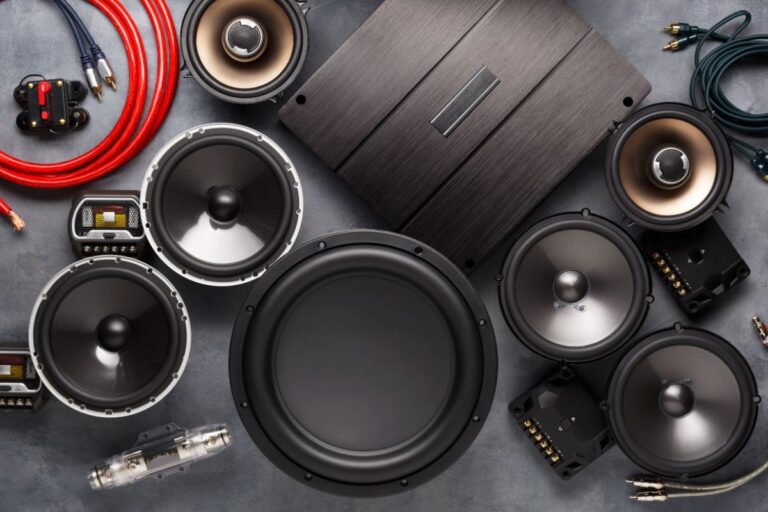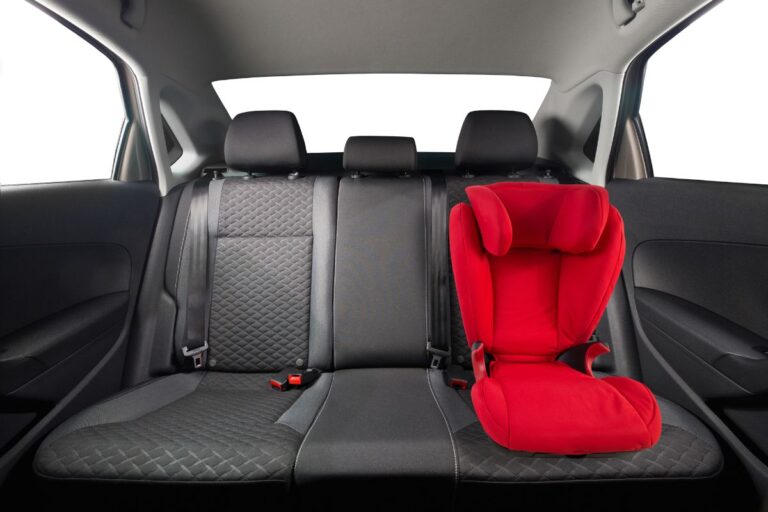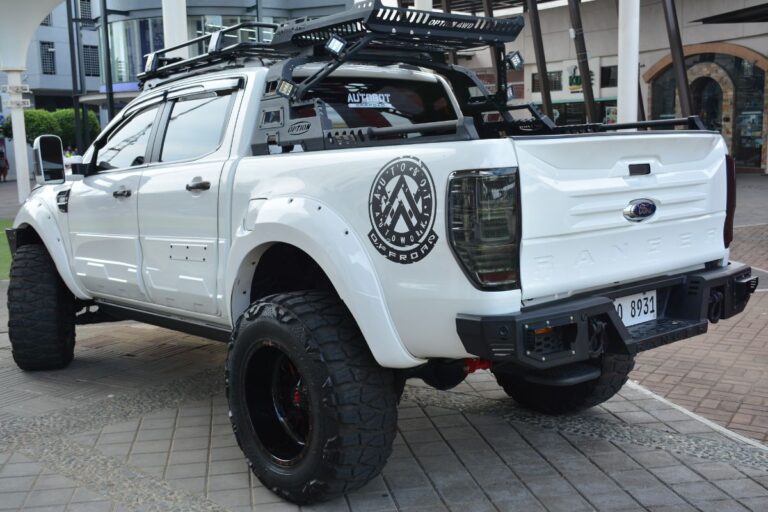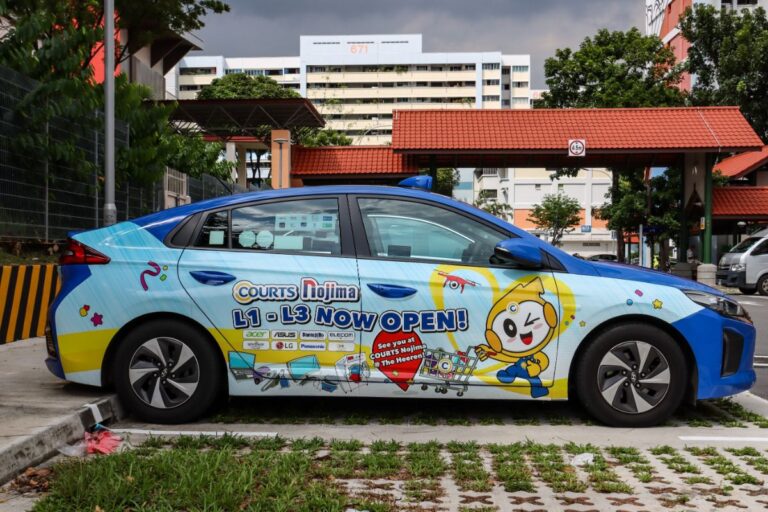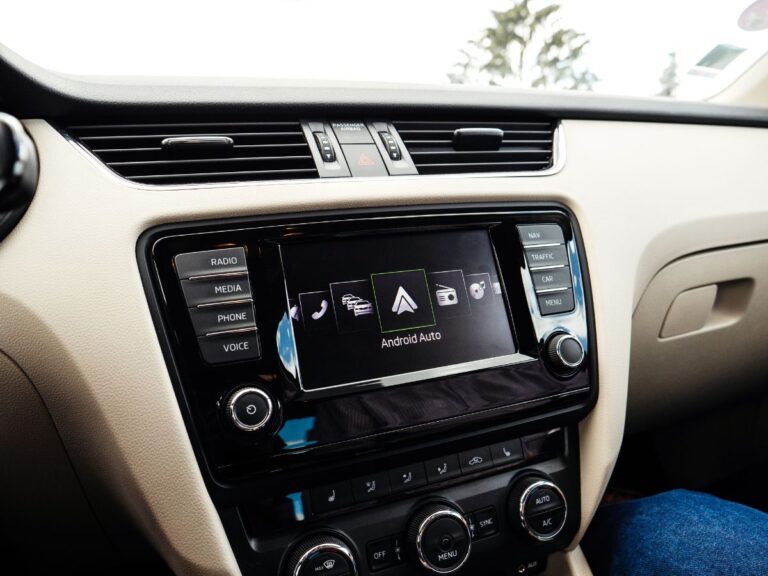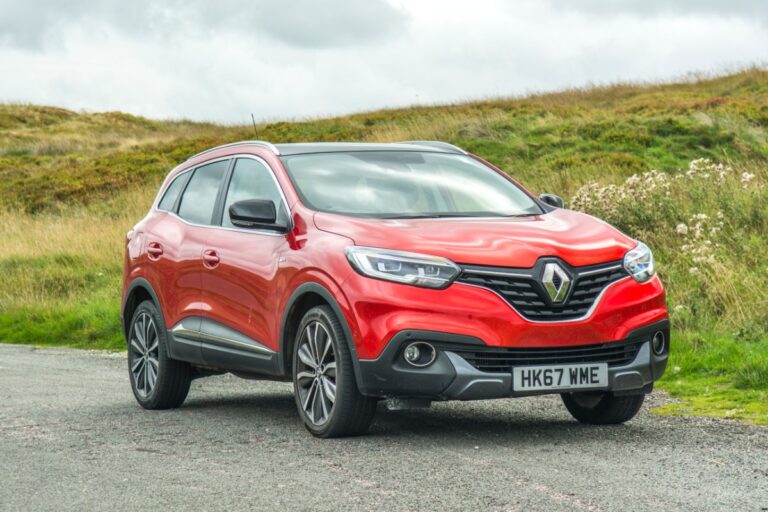
I never paid a lot of attention to dash cams until I drove a car that came with one and realized how important these small pieces of technology could be. Dash cams serve a lot of purposes, and there are several advantages to having one in your car.
A few years ago, I was involved in a fender bender. Naturally, the other driver wanted to pin the whole accident on me, and had it not been for my dash cam; he would have probably succeeded. All the police had to do was go through the footage to see what really took place.
Since then, dash cam usage has grown by leaps and bounds. Unlike the low-res, narrow-lens cams that used to be available, now you can get crystal-clear imagery and AI intelligence that helps you monitor every aspect of your driving.
As you might imagine, there are many different types of dash cams, from basic ones to very advanced units.
What Is a Dash Cam?
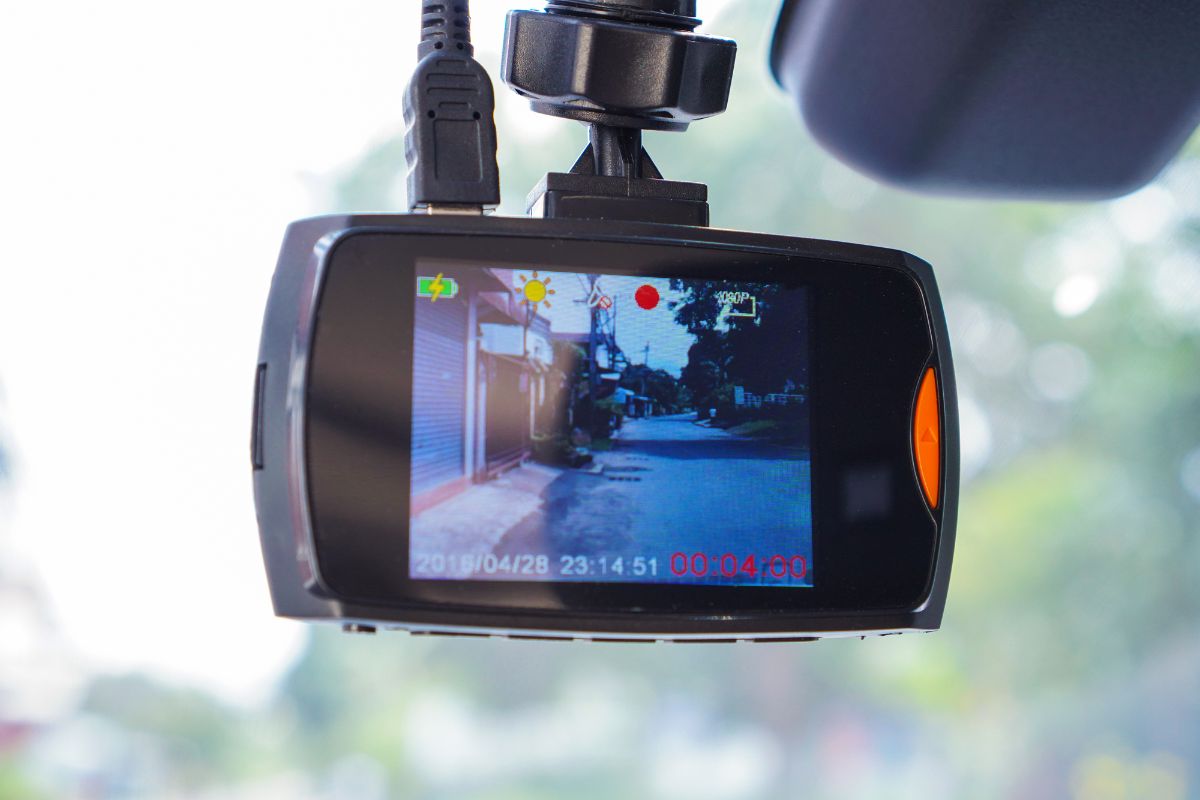
Before we dive deeper into the different types of dash cams, perhaps a good start would be to define what a dash cam is. The dashboard camera is a camera mounted on your car’s dashboard.
In its most basic sense, this is a camera that acts as a silent witness that captures carefully and accurately records every detail of your driving and things that take place on the road.
If you are like me and you like watching tons of bizarre dash cam footage on sites like YouTube, then you probably know a lot about them already. But there is more to these units. They have a lot more functions than just recording absurd from-the-road videos that you find on social media.
How Do Dash Cams Work?
A dashboard camera can be mounted onto the windscreen of any car. From there, it records the road as you drive. The camera is powered through the cigarette lighter cable, or you can have yours hardwired into the fused box.
The majority of dash cams start recording the moment you turn on the ignition key. They then record on a continuous loop, with three-minute segments being stored on a micro SD card.
Types of Dash Cams
There are lots of ways to classify dash cams. For instance, you can classify them according to the hardware, and you can also classify them according to where the camera is facing and connectivity properties. Here are some dash cam types you may want to consider.
Connectivity and Storage
1. SD Dash Cams
When choosing a dash cam, the first thing you should consider is the hardware. There are two main categories of dash cam systems. This includes network-connected cameras and SD cams. The difference between these two is quite simple.
SD cams store their footage on physical media. This means to access the recorded footage; you’d need to remove the SD card and connect it to a player or transfer the data, then reinstall it. One of the downsides of the SD dash cam is that it’s quite easy to lose the card.
It can also be damaged during removal and reinstallation. Apart from that, these cameras require professional installation and maintenance, both of which can be quite costly.
2. Connected Cams
Network-connected cams do not store their data on physical media. Instead, the footage is sent wirelessly to the cloud. These cameras are powered by cellular networks. One of the most significant advantages of network-connected cams is that you can access live data and video.
These cameras operate automatically. This means you don’t need to incorporate anything new into your daily routine. The majority of network-connected dash cams enable you to independently install and customize your camera’s settings and positioning.
This helps reduce the costs associated with setup fees and maintenance. With a network-connected dash cam, you get control from the start.
What’s Better, SD Cams or Connected Dash Cams?
Both types of dash cams can come in quite handy in the event of an accident. They are especially helpful in the insurance claims process. However, connected dash cams bring a lot more advantages to the table.
They enable you to get out in front of the claims process faster than systems that use physical storage. With connected dash cams, you can have video data within seconds, unlike SD dash cams that require you to wait until the footage is downloaded and reviewed.
This can take up to a day. As you might imagine, connected cams will enable you to shut down false claims there and then.
If you find yourself in a situation where it’s your word against the word of another driver, it would be helpful if you had crystal clear footage of what happened. Since SD cameras store their footage in physical media, the amount of storage space is limited.
This means you have to choose between video quantity and video quality. Naturally, in this case, quantity wins. At least you will have footage of your entire trip, even though it might not be as clear. If you choose better quality, the file size grows, and you may not be able to record your entire journey.
A connected dash cam solves this problem. The amount of storage space is pretty much unlimited, so you can get both quality and quantity since you will be using cloud storage.
Apart from high-quality footage, connected dash cams also give you the chance to be more proactive about your safety. These cameras come with an accelerometer that lets you configure the triggers that detect risky driving. This means you get timely notifications about driving behaviors that matter to you.
Dash Cam Type According to Visuals
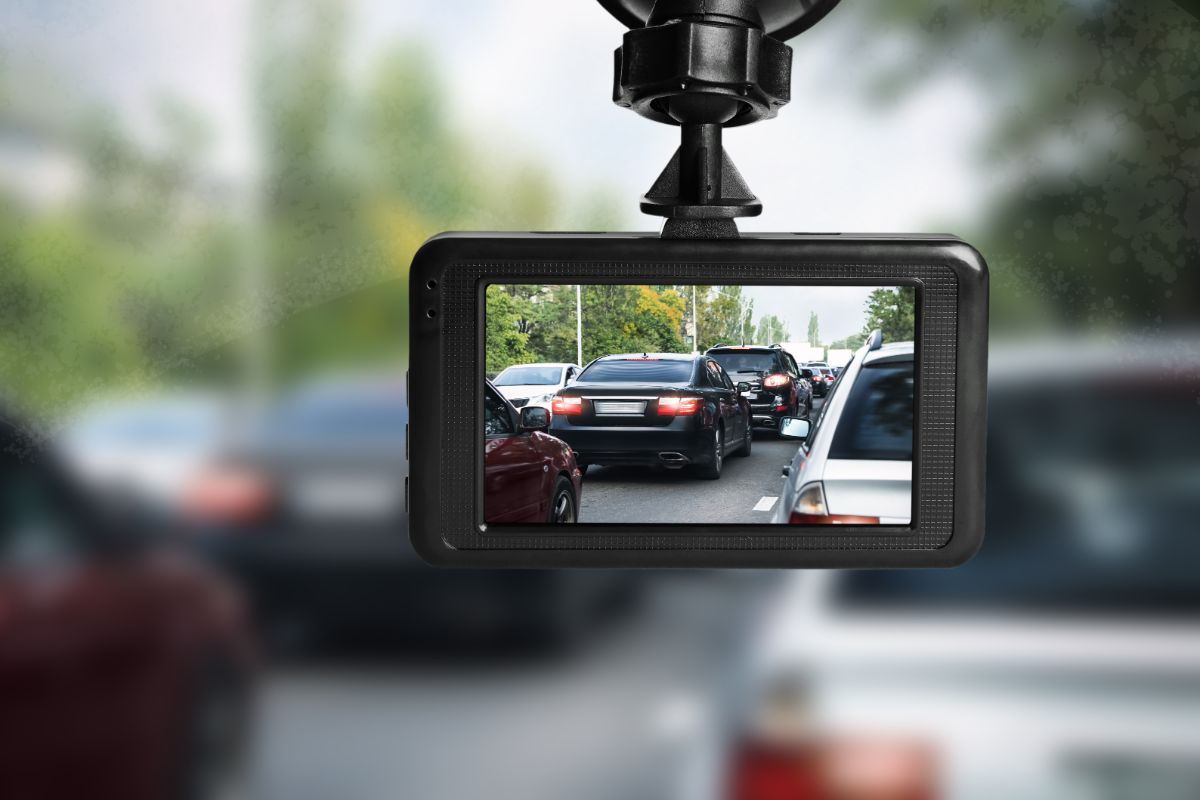
Once you have decided on the kind of storage you want, the next thing to figure out is the type of visuals you want from your dash cam. In this category, you can choose between internal, external, front-facing, and dual-facing dash cams.
Each type of dash cam delivers a unique set of advantages. Internal cameras can face the front, so they record the road in front of you. One thing to note about internal front-facing cameras is that you will only get footage of what’s happening in front of you and no audio.
You can also get dual-facing internal cameras that incorporate both an in-cab camera and a front-facing one. An in-cab camera records audio and visuals from the interior of your car. When dealing with commercial fleets, the installation of in-cab cameras has been shown to greatly reduce risky driver behaviors.
You can mount external cameras on several different areas of your vehicle or truck. The most popular type of external camera is the reverse view camera.
This visual will greatly increase your accuracy when backing up, which reduces the risk of damaging property and vehicles. Reverse view cameras can also provide valuable footage in the event of an accident.
3. Front-Facing Dash Cams
A front-facing dash cam is designed to capture superior-quality video of the road ahead using a g-sensor. These cameras can be mounted onto the windshield in less than 10 minutes. This will give you more visibility. Fleet managers use these cameras to monitor their drivers.
There are several camera types that use sensors to detect incidents automatically. Once the sensor is triggered, the camera will start uploading footage to the cloud. Some of the cameras also integrate with Google maps to deliver location data as well.
4. Dual-Facing Dashboard Cameras
Dual-facing cameras are among the most advanced technologies available on the market. This type of camera captures inward- and outward-facing video. The idea is to get a comprehensive look at both the cab and the road ahead.
Dual-facing cameras are generally designed to improve driver behavior. The cameras have wide-angle lenses that offer crystal-clear views of the in-cab activities and outdoor surroundings as well. For fleet managers, this is a great opportunity to quickly detect distracted or dangerous driving.
Footage obtained from these cameras can also help during driver coaching sessions. If you are worried about nighttime driving, a dual-facing camera can come in handy. There are certain units, like the Samsara dash cams, that also provide an infrared LED for unlit roads.
5. Multicamera Dash Cams
The purpose of a multi-camera system is to provide a 360° view of every vehicle. This gives you the ability to get a full picture of what’s in front, behind, and besides you. As you might imagine, this greatly reduces the risk of blind spot collisions by increasing visibility.
Multi-camera systems make use of both interior and exterior cameras. It can be a bit challenging to get a full picture of your vehicle’s surroundings, especially if you are operating a semi-truck or tractor-trailer. Exterior cameras will capture all the things that you might have missed.
This alleviates all uncertainty in the event of property damage or accidents. These cameras are strategically positioned for maximum visibility. For instance, you can get rear cameras that capture objects and vehicles behind you.
It’s possible that these items can go undetected in the rearview mirrors. On the other hand, you get side mirrors that deliver ultra-crisp footage of all objects besides your vehicle.
How to Choose the Best Dash Cams?
There are lots of dash cams on the market. Trying to find one that suits your car can get a bit overwhelming quickly.
To find the dash cams that are perfect for you and your fleet, you need to consider several factors. Obviously, one of the most important factors is footage quality. Here are other features you will need to consider.
Storage
No matter how fancy your dash cam might be, it won’t do you any good if you aren’t able to access the footage when you need it.
You can either choose a dash cam that stores the footage on micro SD cards or memory cards, or you can go with a dash cam that automatically uploads everything it records to the cloud. This eliminates the need for manual retrieval.
Mounting
There are several ways to mount dash cams on your vehicle. For instance, you can use adhesives or suction cups. Adhesive attachments are quick, secure, and easy to use, which makes them the most popular option.
Image Resolution
You need to find a dash cam that records crisp video quality. This comes in handy if you ever need to review video footage. For the best quality, consider dash cams that feature wide-angle lenses or a wide dynamic range.
If you want a resolution that enables you to read license plates, you should look at FHD or HD 1080p video. Such cams can enable you to tell whether the other driver’s eyes were open or closed.
Frequently Asked Questions About Dash Cams
Can a Dash Cam Record at Night?
Yes. Dash cams are capable of recording at night. However, as light levels decrease, you will need technologies like WDR and HDR to create better clarity in night vision.
If you do a lot of nighttime driving, you should look for dash cams that feature the latest Sony EXMOR sensors for enhanced picture quality and ultimate night vision.
Does the dash cam work when the vehicle is parked?
Yes. The dash cam can be used even when your vehicle is parked. If you want to record footage while your vehicle is not moving, you will need to find a way to power the dash cam.
You can either have a standalone dash cam battery or power it using a hard wire installation. Some dash cams can even detect when your car is bumped while parked. Once this happens, they start recording.
Where does the dash cam store footage?
There are two options for dash cam footage storage depending on the type of dash cam you are using. If you are using a network-connected dash cam, the footage will go to your cloud storage. On the other hand, an SD dash cam stores footage on physical media.
When the storage card is full, the camera starts overwriting older footage, replacing it with newer events. If there is footage that you want to store permanently, you will have to remove the SD card and transfer it to a computer or tablet.
How much video can a 16GB SD card hold?
If you are recording at 1080p HD (30 frames per second), a 16 GB SD card can only hold about two hours of footage before the dash cam starts overwriting older footage. This is enough footage to capture any incidents so you can prove if you weren’t at fault.
How much video can you store on a 32GB SD card hold?
When recording at 720p HD/full 1080p HD, you can capture about four hours of dash cam footage on a 32 GB card. If you are recording at 1440p Quad HD, you can only capture about two hours. Once the storage is full, the dash cam will then loop over and start overwriting older recordings.
What is Night Vision?
Night vision is a software/firmware-based processing effect. It’s used to boost exposure in lower exposed areas. If you turn on super night vision on your dash cam, it will make your footage appear a lot brighter. Cameras with better image sensors deliver better night vision and, therefore, clearer footage.
Where does dash cam footage go in the event of an accident?
Dash cams come with sensors that pick up crash impacts. If you have been involved in an accident, all recordings leading up to this point are automatically locked. This prevents them from being overwritten or altered in any way.








